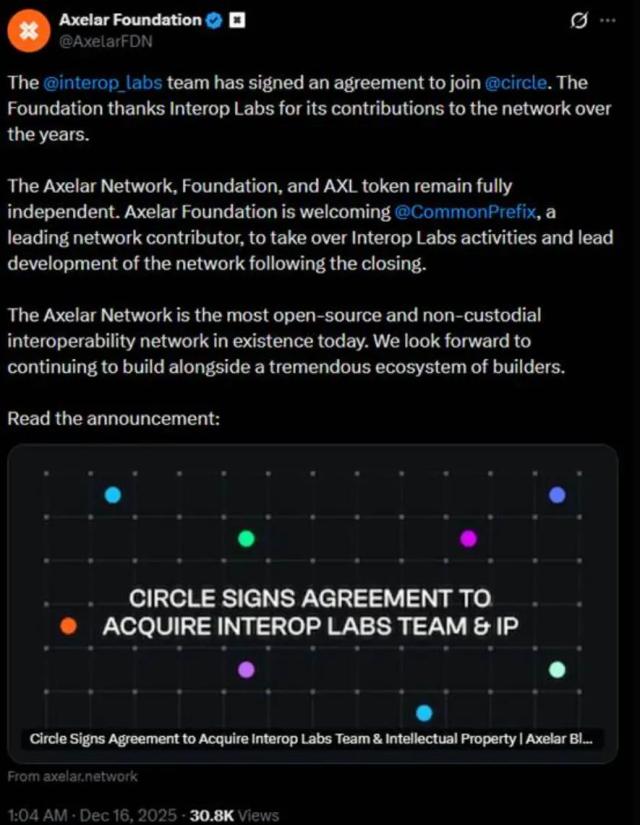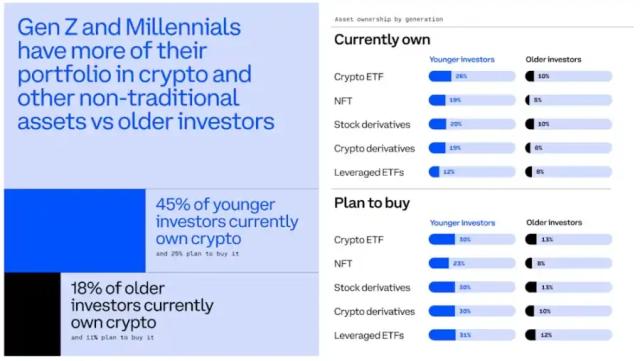Written by: Paul Veradittakit
Compiled by: Luffy, Foresight News
Decentralized Physical Infrastructure Networks (DePIN) is the convergence of blockchain and infrastructure networks. Currently, DePIN exists in industries such as energy, telecommunications, storage, artificial intelligence, and data collection.
In the previous crypto cycle, many projects targeted the huge market opportunities presented by DePIN, but when their core products failed to gain sufficient appeal on both the supply and demand sides, they turned to the cryptocurrency token economy.
However, among the surviving projects, many companies have spent time building infrastructure, solving existing problems to achieve sustainable profitability, and even without relying on the flywheel effect of the token economy. Let's take a look at some of these cases.
Geodnet
Core Problem Solved
Traditional global positioning systems (GPS) often lack the precision required for advanced applications, which require centimeter-level rather than meter-level accuracy. The Geodnet network's solution increases the positioning accuracy by 100 times compared to traditional GPS technology.
Target Customers
The Geodnet network serves industries that rely on high-precision geospatial data, including:
- Self-driving cars
- Agriculture
- Smart cities
- Defense and security
- Space exploration
Revenue Model
- Data Licensing: Selling geospatial data to commercial clients.
- Node Participation Fees: Fees related to miner installation and usage.
- Partnerships: Integrating Geodnet network services into existing workflows in industries like agriculture and autonomous driving systems.
In 2024, the Geodnet network reported revenue growth of over 500% year-over-year, reaching $1.7 million.
Token Economics
The Geodnet network uses its native GEOD token to incentivize participants:
- Miners earn tokens based on data contributions and network uptime.
- Burn Mechanism: Tokens are burned during data transactions, introducing a deflationary mechanism.
- Daily Earnings: Each miner earns an average of $4.30 per day, with an estimated payback period of 3-4 months.
- Circulation: Token distribution ensures liquidity and incentivizes early adopters.
- Token Utility: Used for payments, staking, and governance within the network.
Ways to Participate and Contribute
1. Become a Miner:
- Purchase mining equipment (cost between $500 - $700).
- Set up and connect the miner to the network, uploading 20-40GB of data per month.
2. Use the Network:
- Subscribe to or directly purchase access to real-time kinematic (RTK) correction data.
3. Develop Applications:
- Build software for specific industries based on Geodnet network data.
4. Governance:
- Participate in protocol governance by staking GEOD tokens and voting on proposals.
Helium
Core Problem Solved
Traditional mobile network operators (like T-Mobile) require massive capital expenditures to build cell towers, maintain infrastructure, and expand coverage. Helium solves this problem by creating a decentralized wireless network that leverages community-owned hotspots to provide affordable, scalable, and resilient network connectivity for mobile and IoT devices.
Target Customers
- Consumers: Can access the Helium decentralized network's unlimited data for a monthly fee of $20.
- Telecom Providers: Achieve WiFi offloading for major carriers, reducing their infrastructure costs.
- IoT Device Manufacturers: Provide connectivity for low-power IoT devices through the LoRaWAN protocol.
- Enterprises and Institutions: Help organizations deploy dedicated wireless networks for asset tracking, sensors, and environmental monitoring.
Revenue Model
Helium generates revenue through two main channels:
1. Direct-to-Consumer Mobile Subscriptions:
- Offering a $20 per month unlimited data plan, where users can access both Helium network hotspots and partner networks (like T-Mobile).
2. Carrier WiFi Offloading Fees:
- Charging telecom providers $0.50 per GB to offload data through Helium's decentralized hotspots instead of traditional cell towers.
Financial Performance
- Subscriber Base: Over 100,000 direct subscription users and more than 300,000 indirect WiFi offloading users.
- Revenue: Generating eight-figure annual revenue from mobile subscriptions and carrier offloading fees.
- Forecast: With the expansion of carrier partnerships, the potential annual revenue from just the WiFi offloading business is expected to exceed $50 million.
Token Economics
The Helium network's HNT token is the core of its incentive and payment structure:
- Earning Rewards: Hotspot operators earn HNT for providing coverage and transmitting data.
- Utility: Tokens are used for network transactions, paying for network services, and governance proposals.
- Burn Mechanism: HNT tokens are burned when used to pay for network services, reducing the supply.
Ways to Participate and Contribute
1. Hotspot Deployment:
- Purchase and set up Helium-compatible hotspots to provide network coverage and earn HNT rewards.
- Choose from 16 approved hardware types designed for IoT or mobile offloading.
2. Consumer Subscription:
- Subscribe to Helium's $20 per month mobile plan to access affordable mobile data coverage.
3. Carrier Partnerships:
- Telecom providers can integrate with the Helium network to offload data traffic and reduce operating costs.
4. Governance and Staking:
- Stake HNT tokens to participate in network governance, propose improvements, and vote on critical upgrades.
Akash
Core Problem Solved
Akash network aims to address the high costs, scalability limitations, and centralization issues of traditional cloud computing providers like Amazon Web Services (AWS), Google Cloud, and Microsoft Azure. It solves these problems by providing a decentralized cloud computing marketplace that allows users to earn by leveraging their idle machines, while also reducing costs.
Target Customers
- AI Developers: Require high-performance GPUs to train and deploy machine learning models.
- Startups and Enterprises: Need affordable and scalable cloud computing to support data processing, storage, and AI-driven applications.
Revenue Model
Akash generates revenue through the following means:
- Marketplace Transaction Fees: Charging fees on compute rentals and payments processed through the network.
- Compute Resource Rentals: Earning a share of the revenue from renting out GPUs and CPUs for AI training and workloads.
- Developer Tools: Charging API integration and SDK licensing fees from developers using its computing infrastructure.
- Enterprise Partnerships: Collaborating with AI labs and decentralized platforms to expand computing capacity.
Financial Performance
- Annual Revenue: Akash network reported $2.5 million in revenue from compute rentals and fees in 2024.
- Growth Rate: Demand for GPU computing resources has grown 33x due to the rise of AI.
- Network Scale: Supports over 400 GPUs.
Token Economics
Akash network uses the AKT token for payments, governance, and incentives.
1. Utility:
- Payments: Buyers use AKT tokens to purchase computing resources.
- Staking: Providers stake tokens to secure work opportunities and boost their reputation.
2. Incentives:
- Providers earn AKT tokens for supplying computing resources.
- Tokens are distributed based on uptime, performance, and task completion.
3. Governance:
- Token holders can propose upgrades and vote on protocol changes.
4. Burn Mechanism:
- Network fees are burned, reducing token supply.
Ways to Participate and Contribute
1. As a Provider:
- Set up GPU, CPU, or storage servers on the Akash Network.
- List resources, set prices, and start earning AKT tokens.
2. As a Consumer:
- Rent computing resources using the Akash Network's web interface or command-line interface (CLI).
- Deploy AI training workloads, web services, and decentralized applications.
3. As a Developer:
- Access the API and SDK to integrate Akash Network services into your applications.
- Leverage GPU clusters for deep learning training or inference tasks.
4. Governance Participation:
- Stake AKT tokens to vote on network upgrades and resource pricing policies.
Looking Ahead
The above are just a small fraction of viable and sustainable revenue-generating projects. In the coming months, the adoption of DePIN will undoubtedly increase further, giving rise to more sustainable, scalable, and profitable companies.
The companies mentioned above are consumer-facing, but another area that excites me is infrastructure. Underlying blockchains, oracle services, smart contract services, middleware, token issuance services, and more - these are the domains where companies like Solana, Peaq, Base, Story, Arweave, Opacity Network, and DeForm will benefit from the development of DePIN projects.








